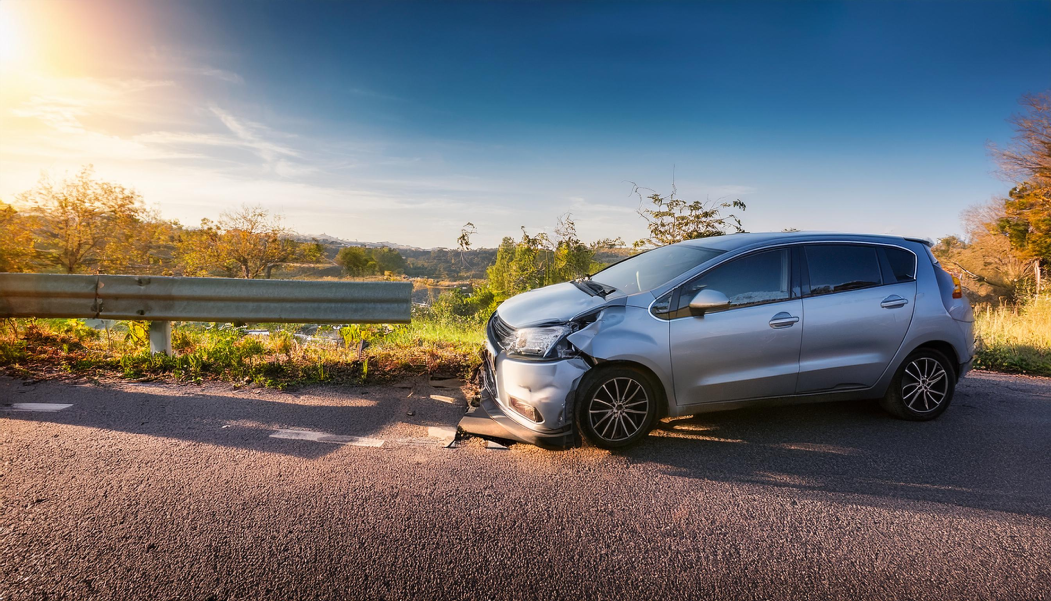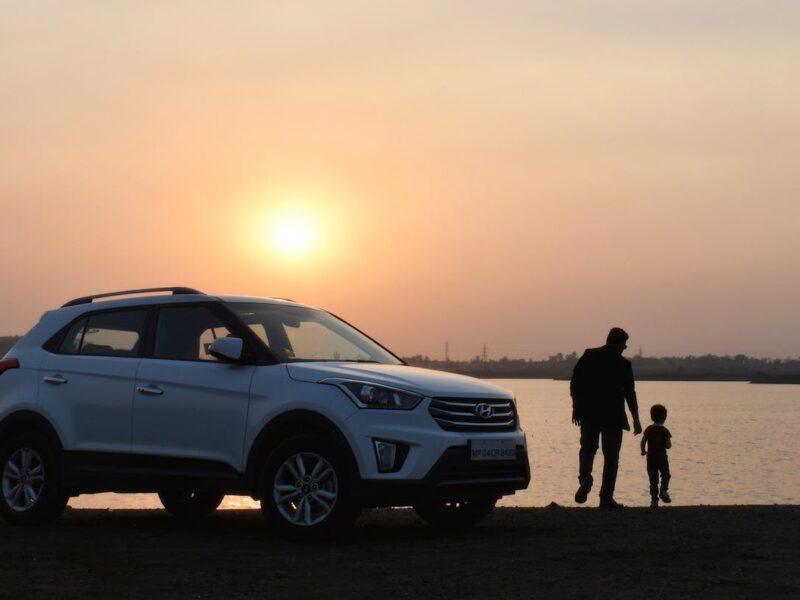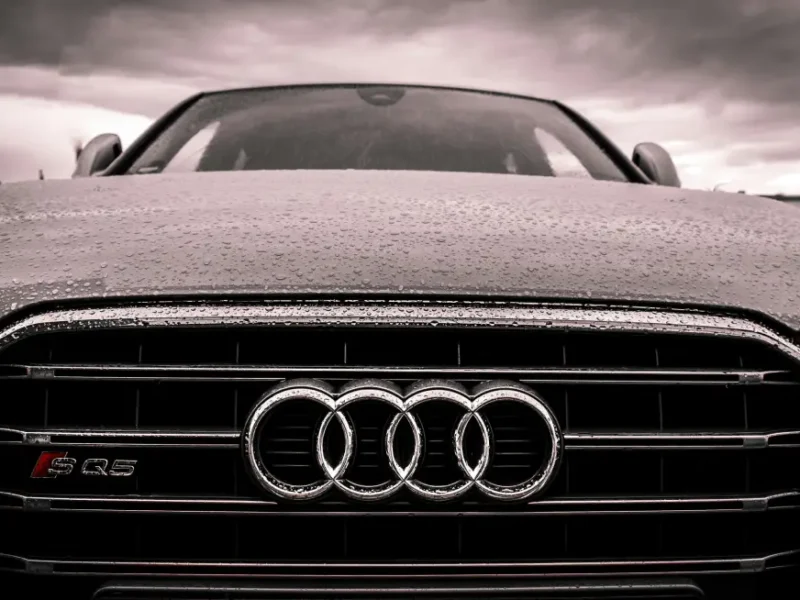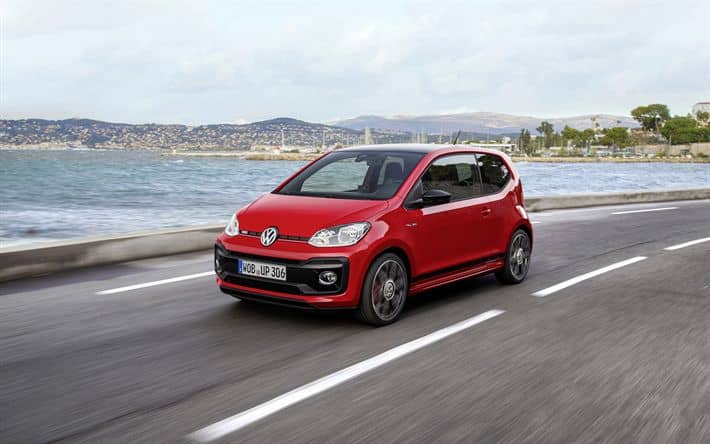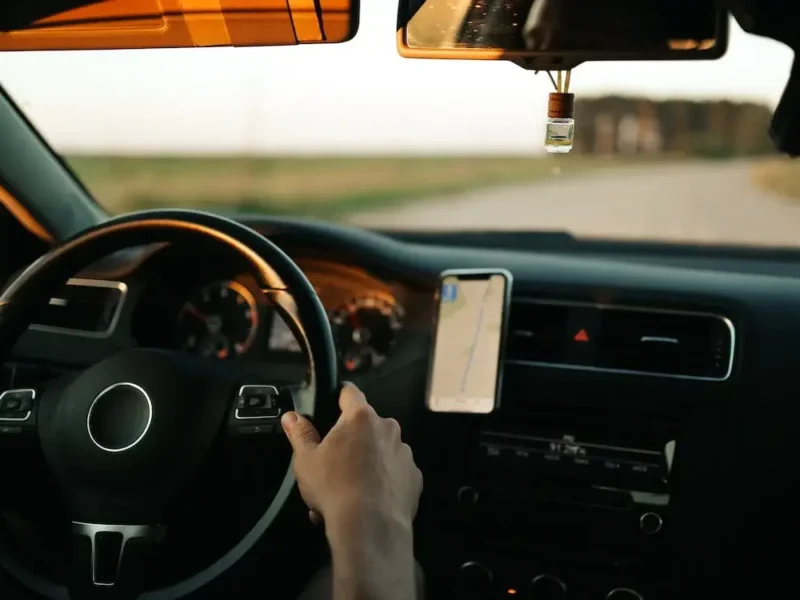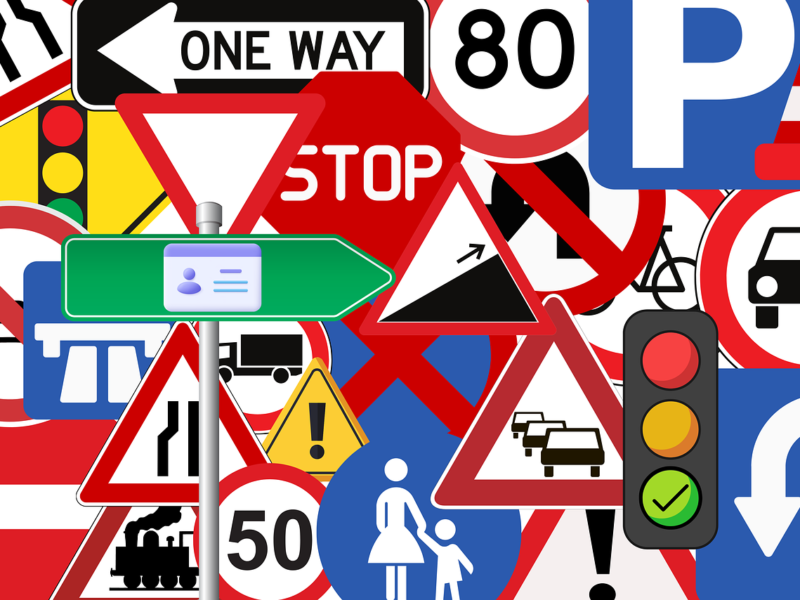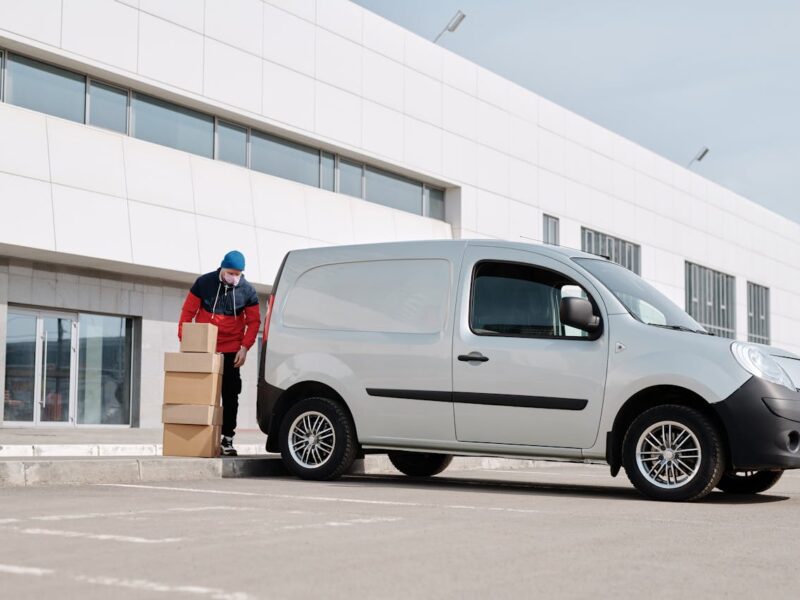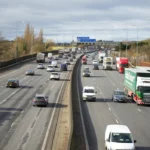I caused damage in someone else’s car: what now?
Have you sustained damage while driving someone else’s car? That’s an unpleasant situation where many questions run through your mind. What should you do? Who is responsible? And what about insurance? In this blog, we will help you through this process step by step, so you know exactly what to expect.
Step 1: Stay calm and control the situation
It is understandable to panic after an accident, especially if it is not your car. But the most important thing is to stay calm. First, check if there are any injuries. Is that the case? Then call 112 immediately. If there are no injuries, then you can proceed with the next steps.
Step 2: Gather all information
After a collision, no matter how minor the damage, it is essential to gather all the necessary information. Consider:
- The name and contact details of the owner of the other car
- Registration numbers of both vehicles
- A detailed description of the incident
- Photos of the damage and accident scene
- Any witnesses and their contact information
It is smart to also take pictures of the surroundings, such as road signs and road markings. This information can be useful later for insurance purposes.
Step 3: Fill in a claim form
An accident involves a claim form. This form is necessary for the insurance company to record exactly what happened. Always fill it in as completely as possible, together with the owner of the other car. Don’t have a form handy? These days, there are apps, such as MobileSchademeld, that allow you to submit everything digitally instantly. This can speed up the process.
But, now comes the tricky part: what about insurance if you drive damage in someone else’s car?
Step 4: What about insurance?
If you sustain damage in a car that does not belong to you, the question arises: who pays? This depends on a number of factors.
- Owner’s car insurance: In most cases, the owner’s insurance is responsible for the damage. The owner of the car probably has third-party liability (TPL) insurance, which covers the damage to the other party if you caused the accident. However, if the owner has more coverage, such as All-risk, the damage to his own car is also covered.
- Excess: Often, car insurance policies have an excess. This means that even if the insurance covers the damage, the owner of the car has to pay a certain amount himself. In some cases, the owner may recover this amount from you because you were the driver at the time of the accident.
- Uninsured or underinsured: In rare cases, the car you are driving may be uninsured or underinsured. If so, the cost of damages can be substantial. This brings us to the next point.
Step 5: What if you are privately liable?
If you are held privately liable for the damage, you may be able to invoke your own liability insurance. Many people have private liability insurance (AVP), which in some cases also covers damage caused in someone else’s car. However, it is not guaranteed that this insurance will cover all costs. Therefore, always check the policy conditions or contact your insurer.
Step 6: Report the damage directly to the owner
It is important to inform the owner of the car of the damage as soon as possible. This is not only neat, but also necessary to get the insurance company involved quickly. Discuss together how you will handle the damage and whether the insurance will cover the costs. Stay honest and transparent, this will prevent unnecessary problems later on.
Step 7: What if the damage was caused by someone else?
Perhaps you were the driver of the car, but someone else caused the accident. In that case, it is important to take down the other party’s details as soon as possible and contact the insurance company together with the owner of the car you were driving. Again, a claim form can help get all the facts straight.
Step 8: Avoid future situations
Nobody wants to end up in this situation, so it is good to think about how to avoid problems in the future. Here are a few tips:
- Always be careful: Whether you are driving your own car or someone else’s, always drive carefully. This may seem obvious, but a moment of inattention can have major consequences.
- Know how car insurance works: If you regularly drive someone else’s car, make sure you know how the insurance works. This can save you a lot of stress if something goes wrong.
- Look into additional insurance: Consider getting your own insurance to cover possible damage in a rental or borrowed car. This can be additional cover on top of your regular liability insurance.
